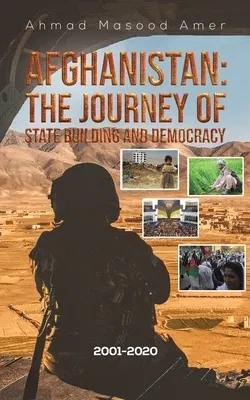The Journey of State Building and Democracy in Afghanistan is a review
of the state-building and democratic-governance process in the country
which started after the US-led international intervention which toppled
the Taliban regime and established a new government. This period marks a
new era in the contemporary history of the country which it has never
experienced before. From 1993-2001, the country was left deep in crisis
and the world forgot Afghanistan after the collapse of the Soviet-backed
regime in 1992 and creation of the Taliban. The nation experienced one
of their darkest periods in history and the country was turned into a
safe haven for international terrorism. After the 9/11, which shook the
world, the country came back to international spot light. With support
by the international community, reconstruction and development started
and major investments were made in building state institutions and
establishing democracy and freedom. With the global politics and foreign
policy interest of the international allies constantly shifting, the
country is again in a critical juncture. Albeit with relative success,
there is fear that the country would backslide if international
involvement is withdrawn. This book reviews the progress in institution
building and the experience of democratic system of governance over the
past two decades. It highlights critical points and lessons for the
policy makers and the political elites to remedy the current situation
and bring changes in as the country continues its journey.

